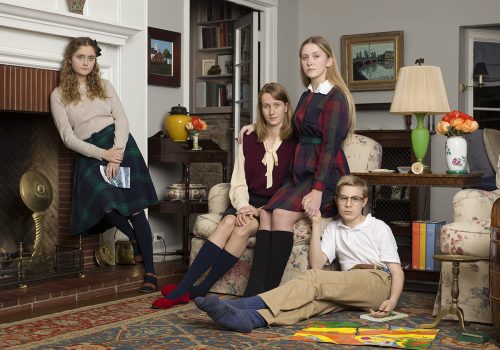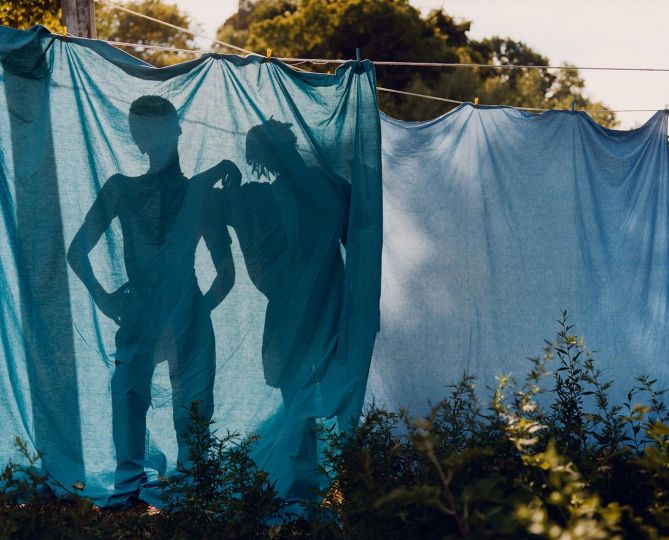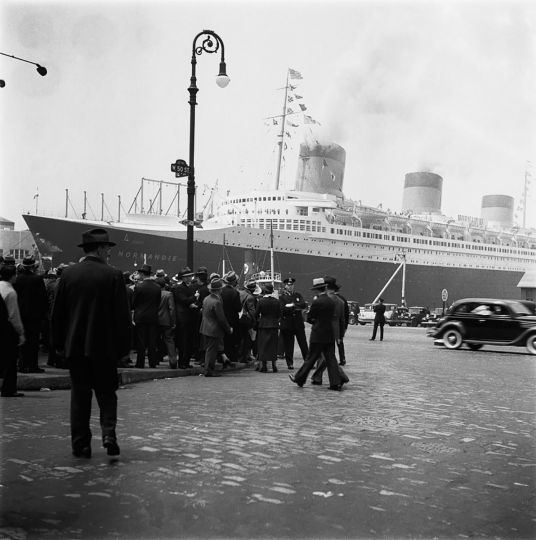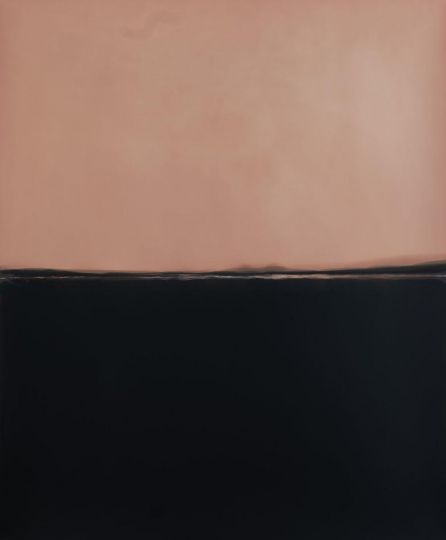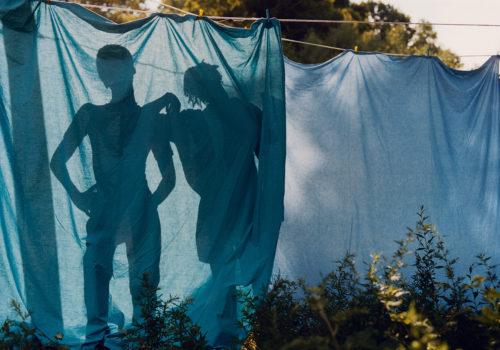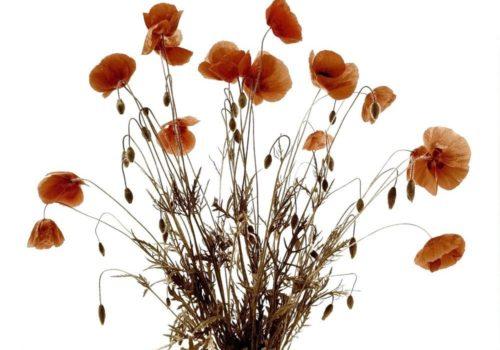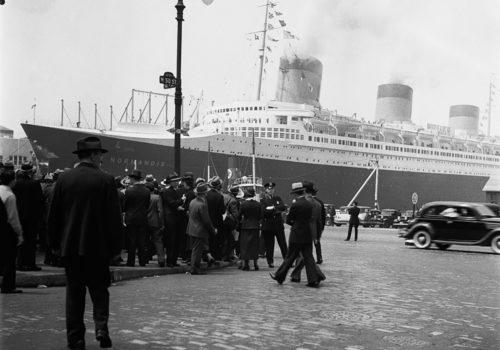For people who cleave to chauvinist/xenophobic/white supremacist notions of identity, whiteness is taken literally: an instantly recognisable marker for racial or chromatic aspects of a person’s appearance.
Whiteness can also be understood as a biopolitical term, both signifier and signified for a ‘natural’ order of being that privileges people with white skin at the expense of other pigmentations.
The Image of Whiteness: Contemporary Photography and Racialization recognises both these senses of whiteness and locates it as an insidious and fabricated cultural phenomenon. As such, it affects everyone, consciously or otherwise. Whiteness is ideological, a form of subjectivity, and The Image of Whiteness explores the prismatics of how it works and how it can be resisted.
This book, confronting the whiteness that goes far deeper than the epidermal, calls for more than liberal gestures. What is needed is what George Yancy, in his interview with the editor, calls ‘a white symbolic death’: a metaphorical shedding of white skin; an awareness of a deep grammar inside our heads, what Walter Benjamin called our ‘optical unconscious’.
The Image of Whiteness’s contribution to a deconstruction of the white gaze works by drawing attention to ways visual perception both feeds and feeds off a socially constructed reality. Whoopi Goldberg realized this as a child when she saw star fleet officer Uhuru in Star Trek and exclaimed to her parents how she had seen a black woman on television and ‘she ain’t no maid’.
The front cover of the book shows one of Buck Ellison’s staged photographs. It depicts an imaginary set of American siblings. They look supremely confident, insouciant, destined for elite universities. Their blond hair and their poses collude perfectly with the home décor to orchestrate the family’s paid-up membership to WASP (White, Anglo-Saxon, Protestant) culture.
Another image is from David Birkin’s Midnight Blue series, a cyan-blue print from negatives taken by a documentary film-maker at Mississippi State Penitentiary. Inside the prison, 18-year-old, African-American Edward Earl Johnson, convicted after being framed by white police officers, is days away from his execution. The notes in the book for the images explains for this one that the distinctive blue colour originates from hydrogen cyanide, a compound found on the walls of Nazi gas chambers. It is the same kind of poison used at the prison’s Death Row facility.
The white gaze takes imaginary form in Sophie Gabrielle’s monochrome photograph of a woman’s eye cataracted by her cognitive distortion that mediates what she sees around her.
Ken Gonzalez-Day’s images from the series Erased Lynchings engage in an act of visual distortion, digitally removing the dead and hanging body of a lynched person of colour in order, as Daniel C. Blight puts it, ‘to avoid re-victimising the individual’. The intention is to draw the viewer’s attention to the ‘white gaze’ of those responsible for the murder.
The Image of Whiteness is an anthology of over sixty photographs, supplemented by a series of interviews, designed thought-provokingly – and successfully – to reclaim photography from its own history of whiteness.
The Image of Whiteness: Contemporary Photography and Racialization, edited by Daniel C. Blight, is published by SPBH Editions
Sean Sheehan

